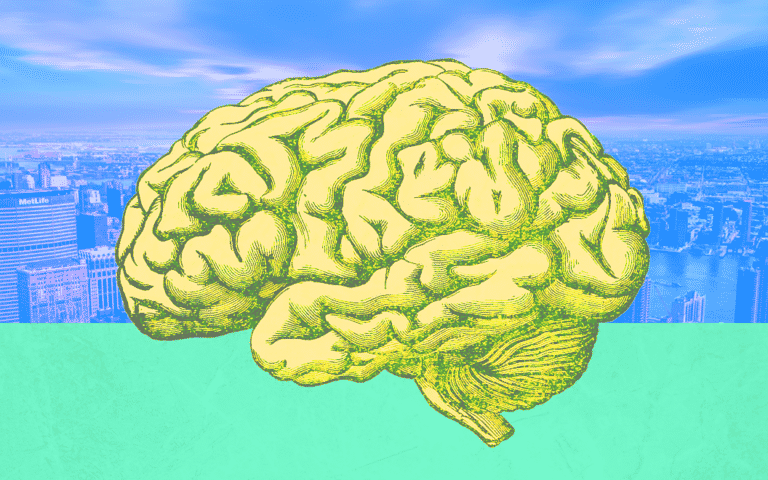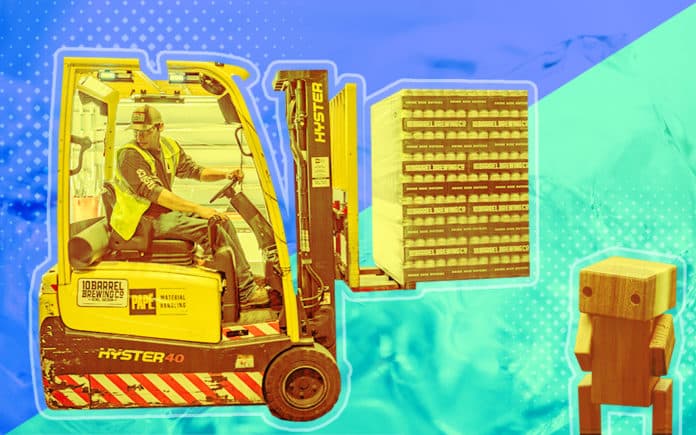Artificial Intelligence and Machine Learning: The Brain of a Smart City

We must carefully consider the ways in which data can personalize smart city experiences, and the bias and privacy concerns of leveraging AI and ML in a smart city context.
Neighbor-ly: IoT, Machine Learning and Social Relationships

Neighbor-ly is a fictional smart home product which externalizes a common experience that many people in urban spaces experience: hearing annoying sounds that they can’t pinpoint coming from their neighbors. The product learns from the owner which sounds are annoying and then reacts to give the neighbors a message. This fictional product functions as a speculative investigation into the use of machine learning and IoT technology, which are often used to create an increasingly customized existence for people. Could enabling these types of customized silos result in a more hostile society?
The Difference Between Artificial Intelligence, Machine Learning, and Deep Learning

Explanations of Artificial Intelligence, Machine Learning, and Deep Learning and how they’re all different. Plus, how AI and IoT are inextricably connected.
Why IoT Needs Machine Learning to Thrive

Machine Learning can eliminate human errors and enable big data to generate real-time insights and allow Internet of Things devices to reach their full potential.
Handling Concept Drift at the Edge of Sensor Networks

The relationship between input parameters and output characteristics changes over time, creating concept drift. To ensure your machine learning algorithms use the best data, understanding how to correct for concept drift is essential.
The Alibaba Experiment: How Machine Learning Increased Productivity By 70 Percent

Machine Learning is being adopted across many industries, with logistics companies and industrial businesses, in particular, reaping benefits. Alibaba is perhaps the biggest adopter of enterprise ML. They claim to have increased productivity by 70 percent using ML-enabled technologies.
How AI and ML Are Changing Digital Marketing

Companies are leveraging AI-powered business analytics to guide their own digital transformations. AI and machine learning have particularly powerful applications in revolutionizing marketing strategies.
Will You Be a Digital Winner or a Digital Loser?

Every time waste is thrown into a waste bin, it ends up somewhere and has to be treated in some way so as not to be hazardous to the environment. The waste disposal process in many cities has transformed into a highly smart operation management activity. An IoT, ML-enabled platform for waste management adds a dimension of agile, real-time mapping and tracking that can improve waste management outcomes.
Who Is Using Voice Assistants and Why?

Voice assistants are increasingly popular and functional, but they still have a long way to go. The study discussed here demonstrates that slightly more men than women use voice assistants, and most of that usage is on smartphones (not smart speakers), increasingly for voice search.